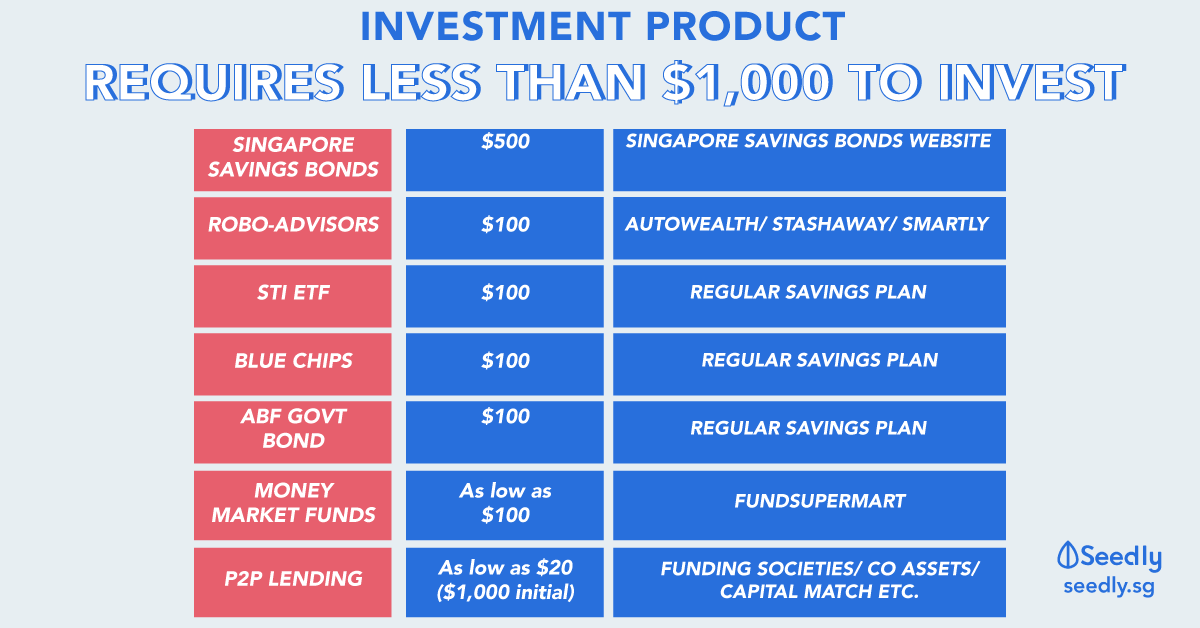Advertisement
I was playing around with "life goals" portion of the UOB app and to reach say 1 mil in 20 yrs, I'll need to invest 2k/month in their growth portfolio. Has anyone done that before and did it work?
15
Discussion (15)
Learn how to style your text
Reply
Save
This is just an outlook and projection, that are exposed and vulenerable to several market changes. Really depends on when you draw out the money as well.
Reply
Save
Ngooi Zhi Cheng
02 May 2024
Student Ambassador 2020/21 at Seedly
Building a retirement fund from scratch can seem like a daunting journey, but having a solid plan and committing to it is crucial for achieving ambitious goals in the future. This was a lesson my client grasped well when she approached me with her fear of not becoming a millionaire by the age of 65.
Similar to many young professionals, her twenties were focused on building her career and lifestyle rather than seriously saving and investing. By the beginning of her thirties, she found herself with only a few retirement accounts with low balances. However, she now had a strong desire to activate that wealth creation engine.
Using reasonable assumptions such as 6% annualized portfolio returns to model scenarios, we calculated that for her to accumulate $1 million by 65 solely through investments, she should be consistently putting in approximately $1,500 per month. This is a lofty goal but achievable if she maintains discipline due to her new status as a high earner.
She decided to tackle the goal head-on by automating $1,700 each month into a diversified portfolio of low-cost ETFs that track major indices such as the S&P 500 and MSCI World. Additionally, we set up automatic increases tied to her estimated annual salary raises and bonuses to further boost portfolio growth.
The portfolio experienced its ups and downs, as all markets go through cycles. But She remained steadfast, viewing the downturns as opportunities to adjust and stick with her plan. As she continued to make regular contributions that compounded over time, the strength of this strategy truly began to show its effect.
Fast forward just 8 years, and she is now well on track to surpass $1 million by her planned retirement age of 65. She illustrates that with a structured, carefully planned investment strategy, reaching even the most ambitious long-term goals becomes feasible for dedicated professionals.
One crucial myth I want to dispel is the notion that building a seven-figure portfolio requires very high investment returns or extreme self-denial. The reality is, by consistently investing around $1,500-2,000 each month and diversifying this between stocks and bonds over several decades, one can become a millionaire due to the simple arithmetic of compounding.
Sure, everyone's expenses and situation are different. But if you can clearly define a specific retirement standard you aim to achieve, and then work backward to calculate how much money needs to be put into investments to reach that goal, it becomes possible to create an achievable and tailored plan for your wealth objectives.
The most challenging part is the commitment, to stick at it every month and year after year. But if you automate your contributions and avoid emotional investing, you'll set yourself up for abundant prosperity in retirement through sheer discipline and time in the market.
To delve deeper into how we can craft a smart, tailored investment plan that fits your retirement goals, be sure to follow me on Instagram @ngooooied. I'm dedicated to helping professionals build enduring wealth by embracing prudent financial routines.
Reply
Save
No. It is a projected value, and you probably should assume the worse case scenario. I think you are better off diy in your own.
Reply
Save
It is just a prediction and the bank is just showing the good scenario which means your return might...
Read 11 other comments with a Seedly account
You will also enjoy exclusive benefits and get access to members only features.
Sign up or login with an email here
Write your thoughts
Related Articles
Related Posts
Related Posts
Advertisement







I think these are new features which hasn't been around for 20 years to be honest, the funds too may not even have 20 years of history.
It's probably just an estimation based on past results of the underlying funds.